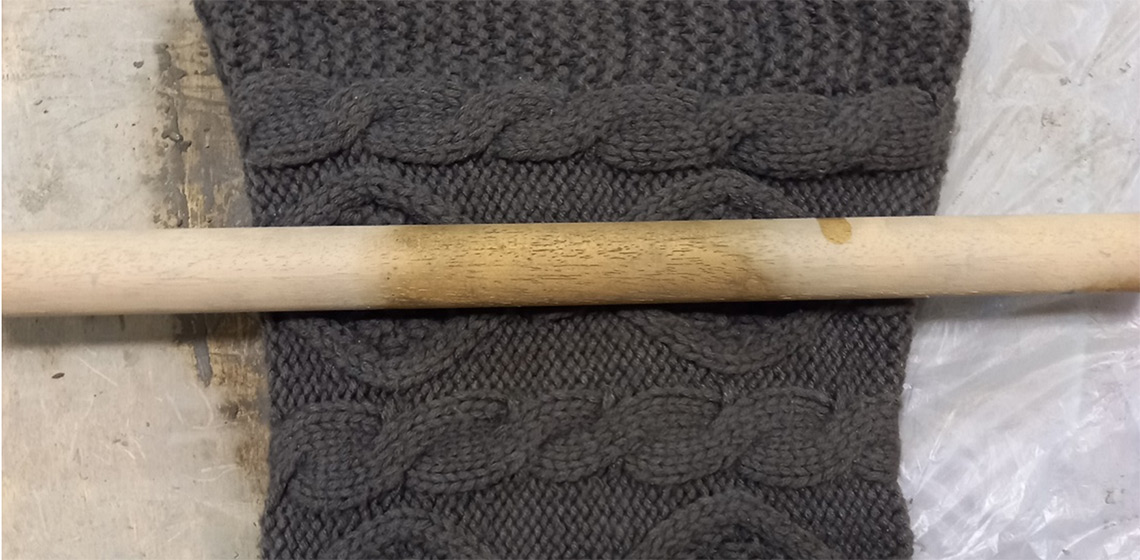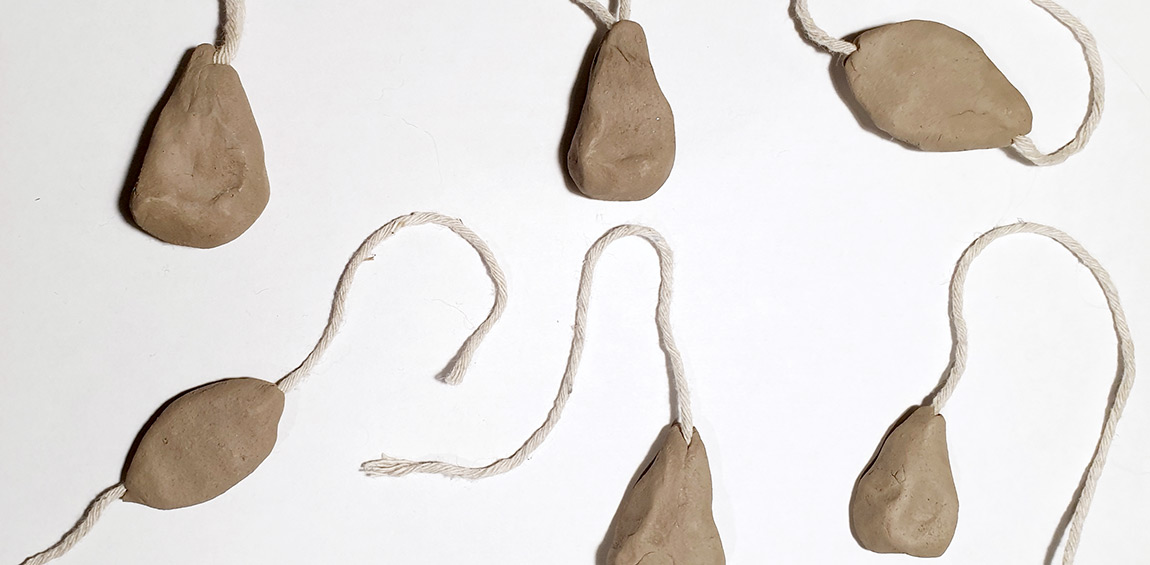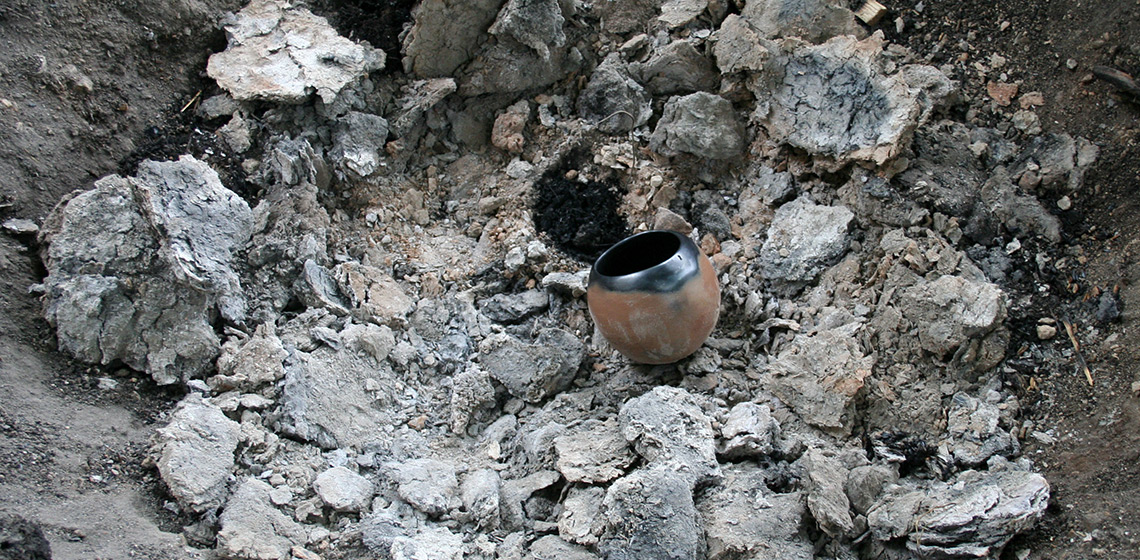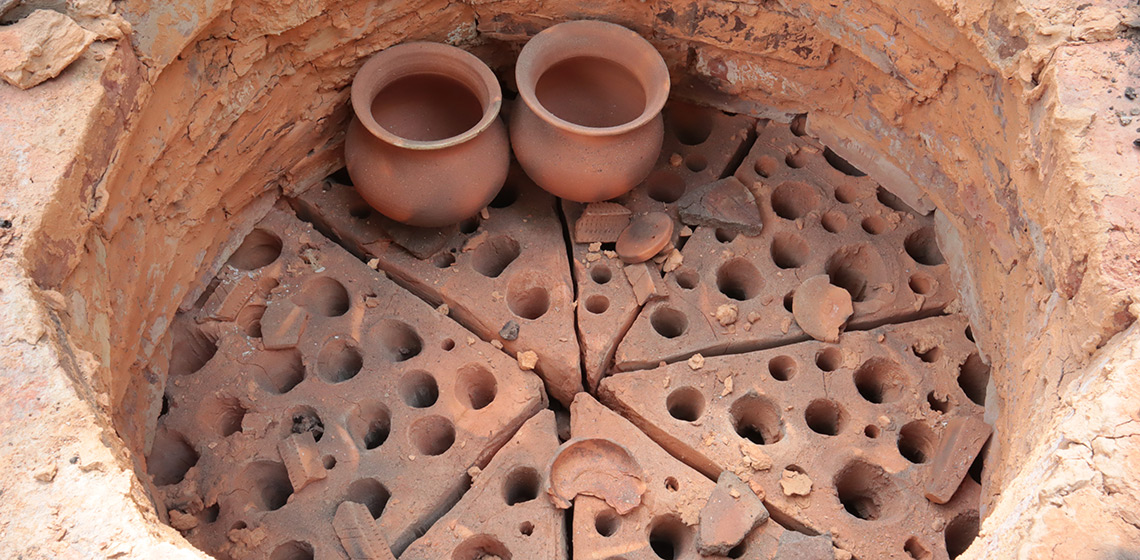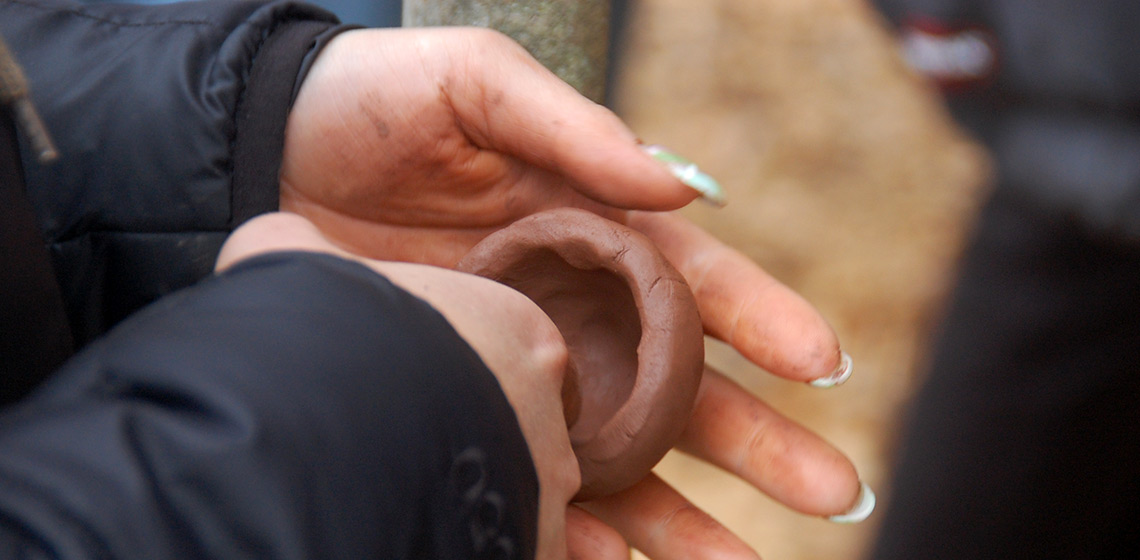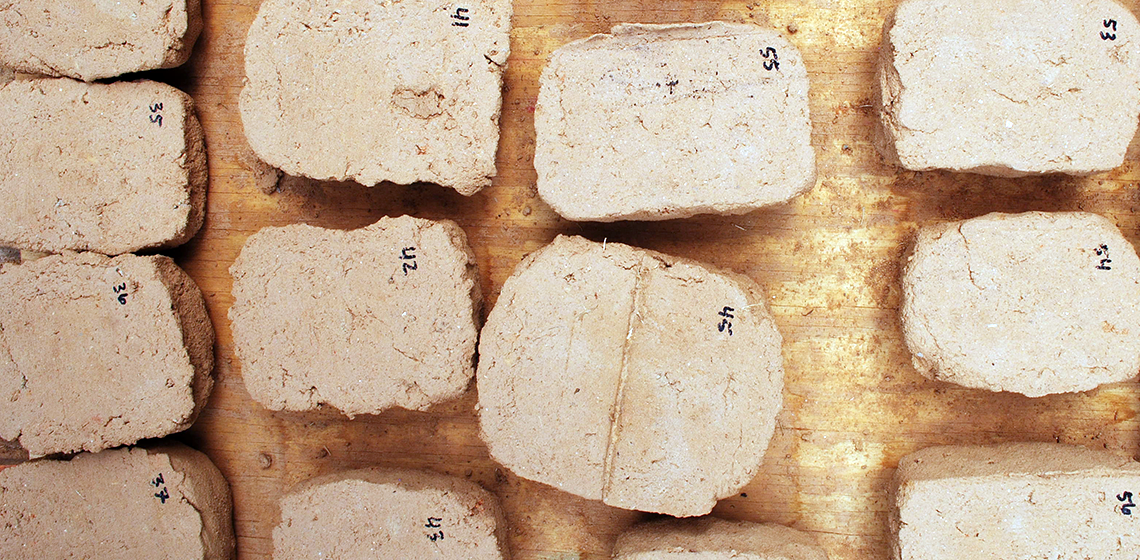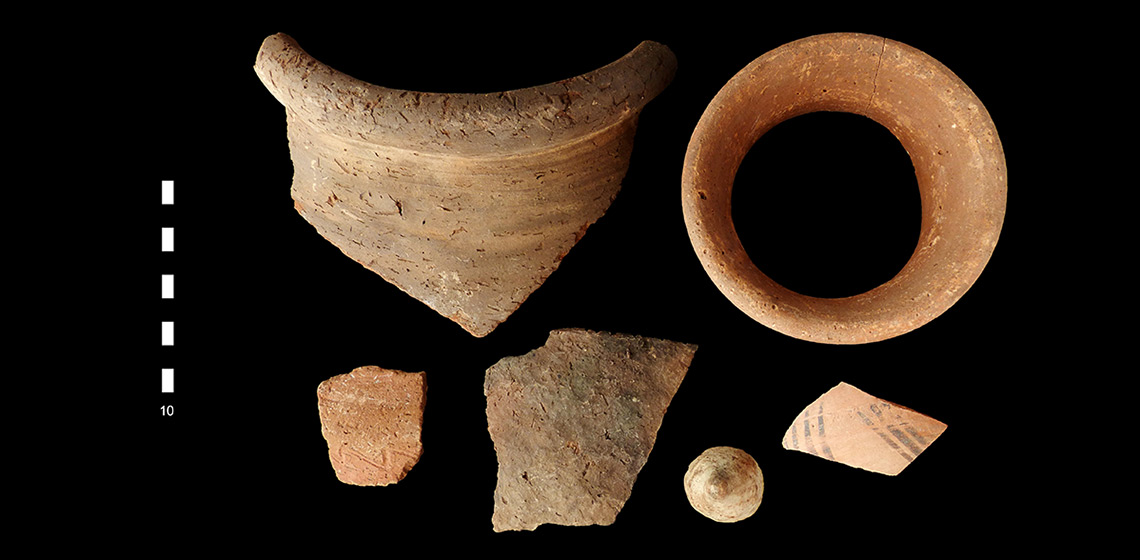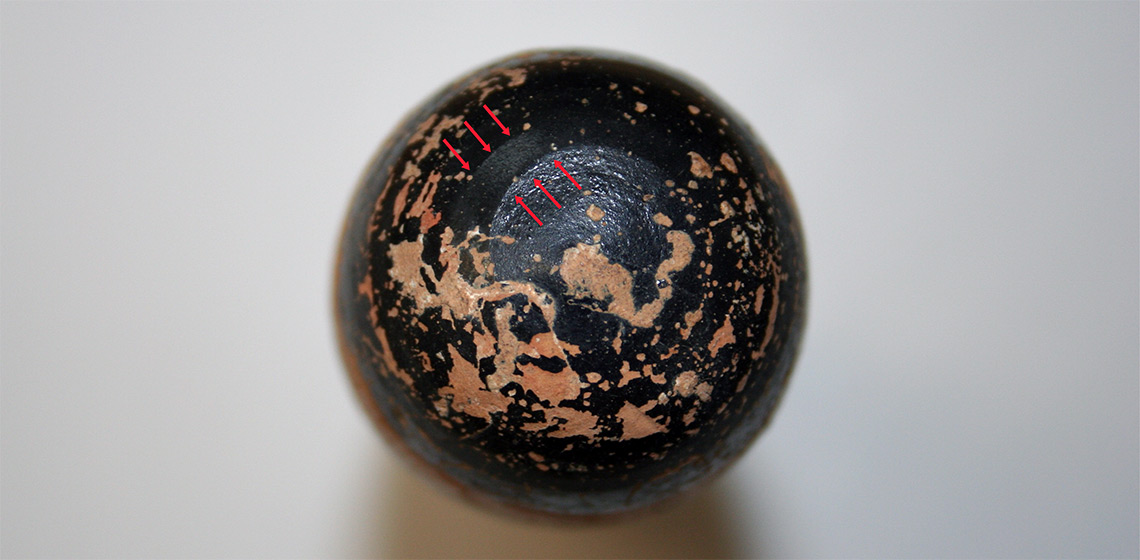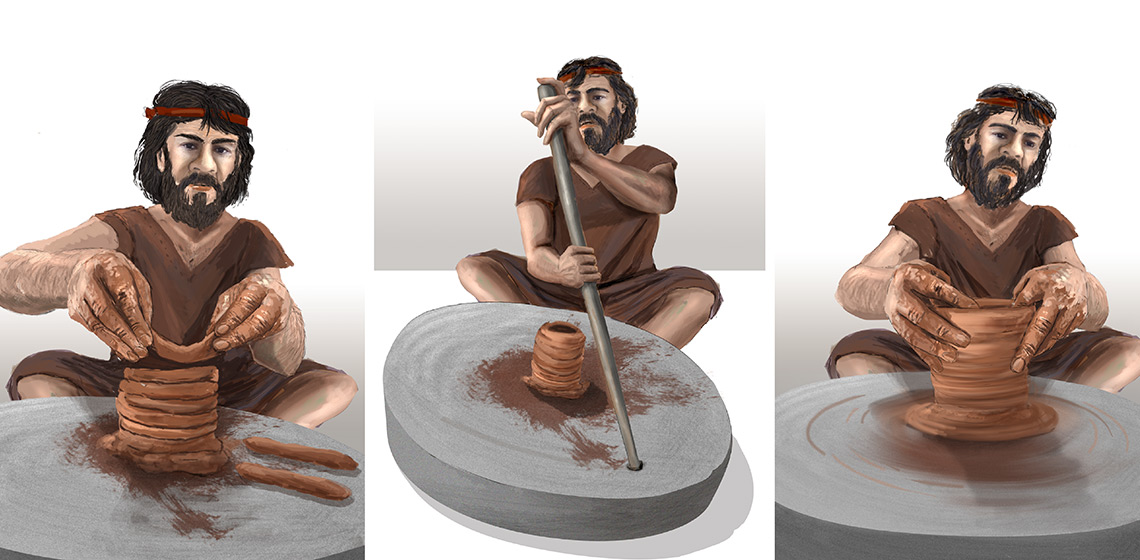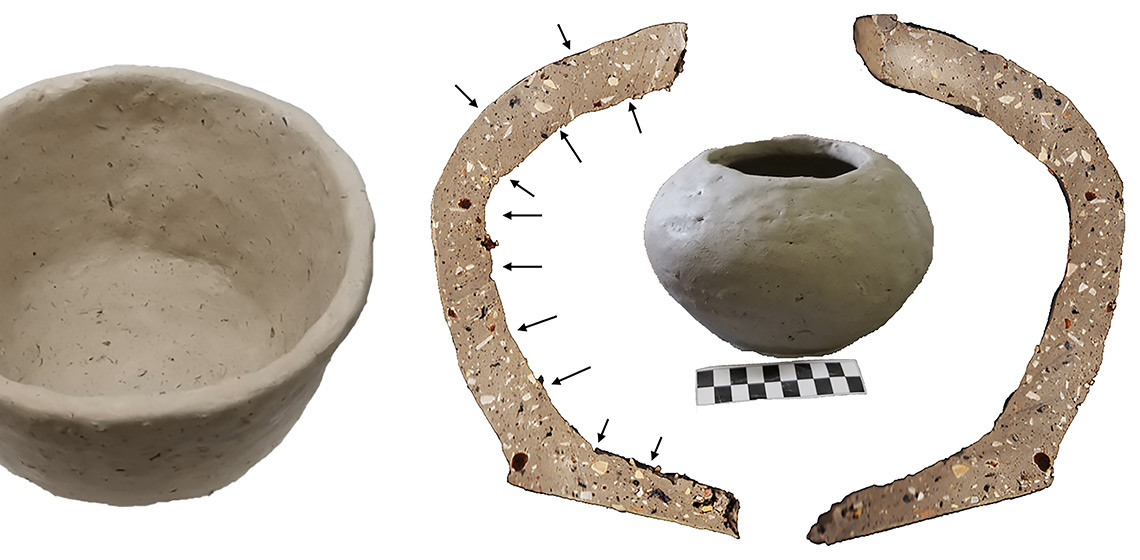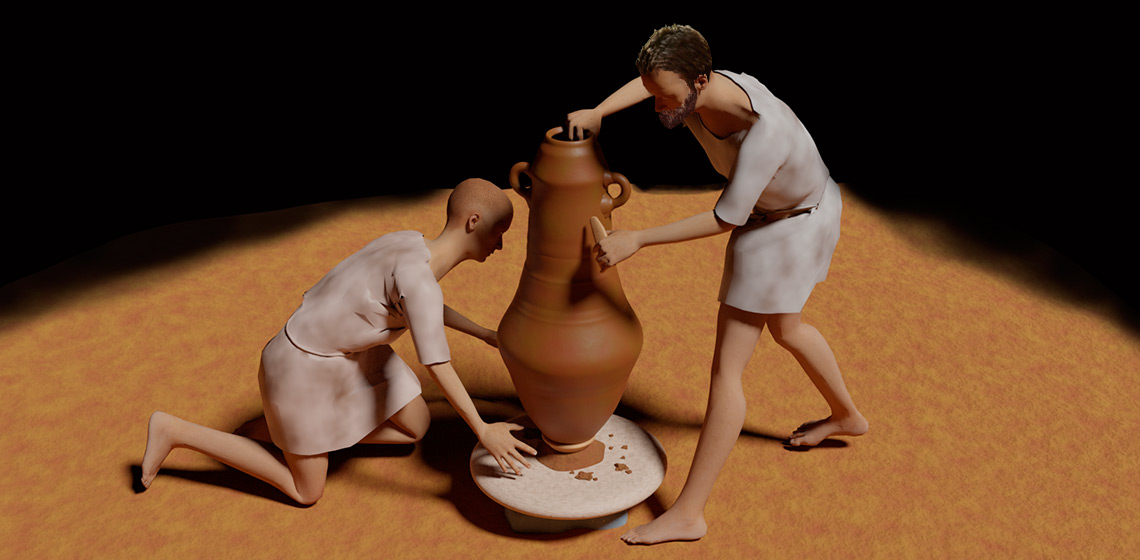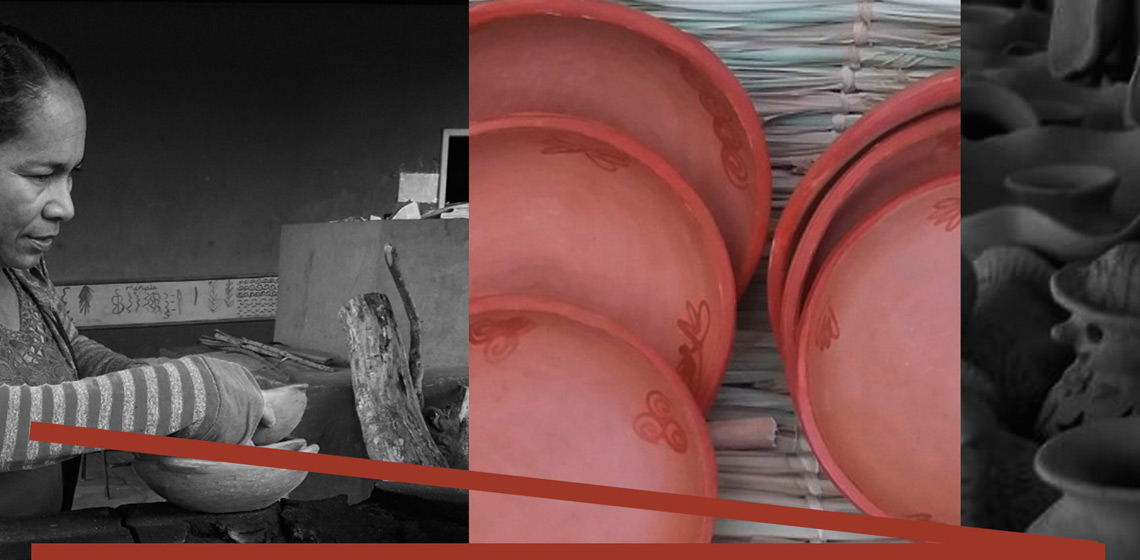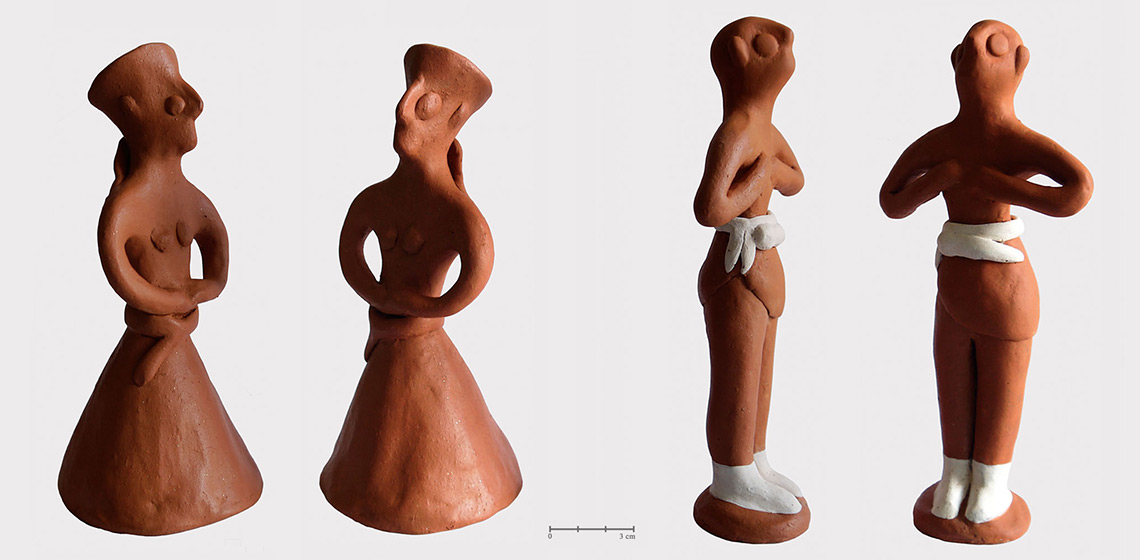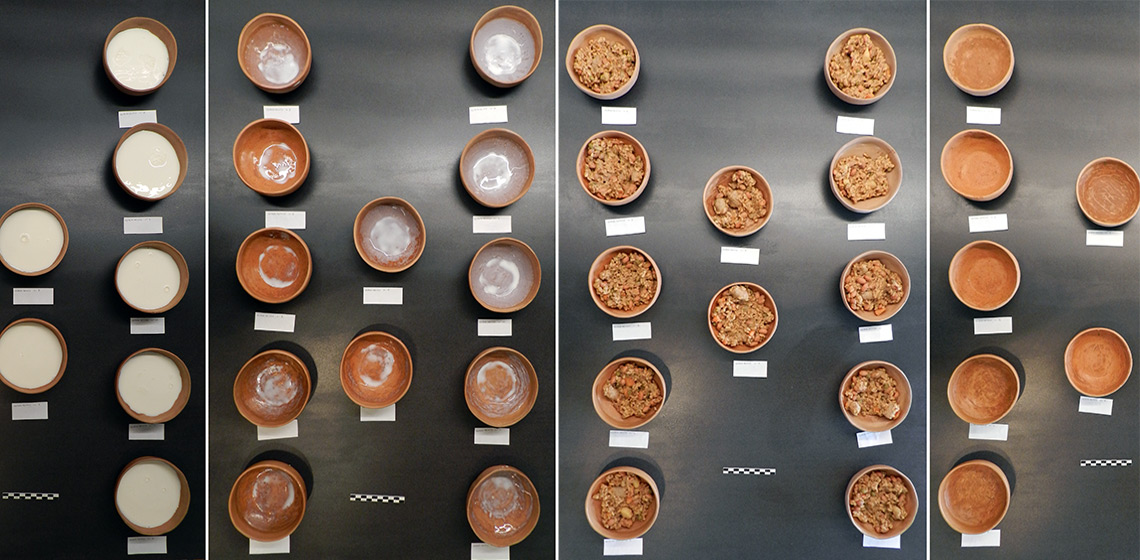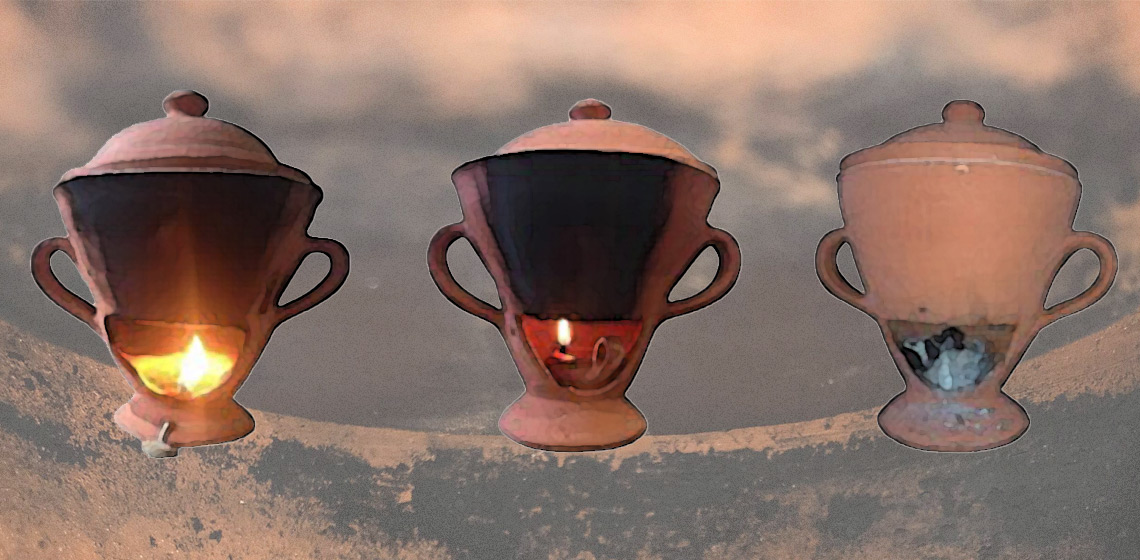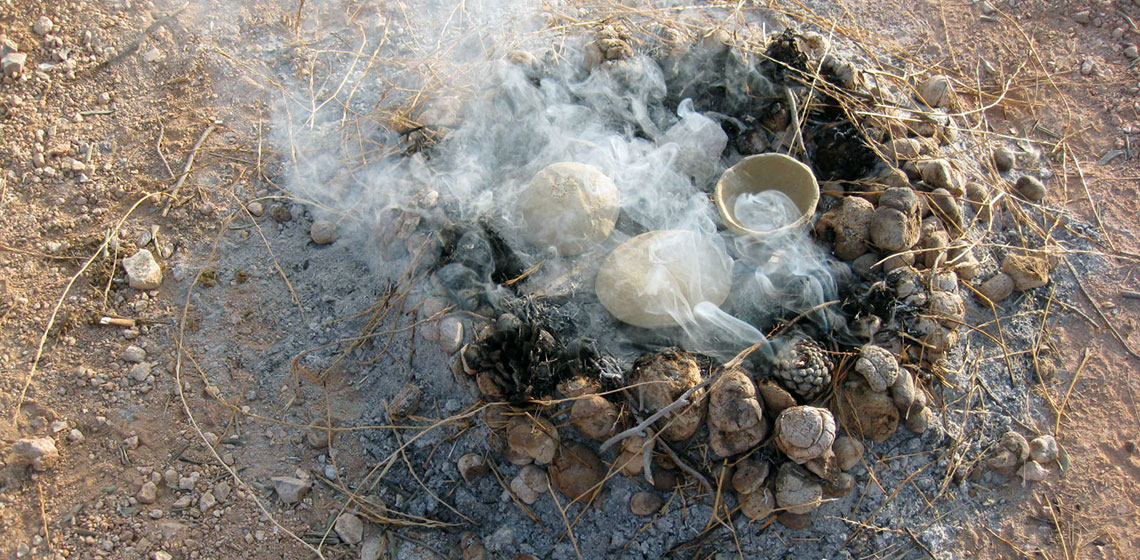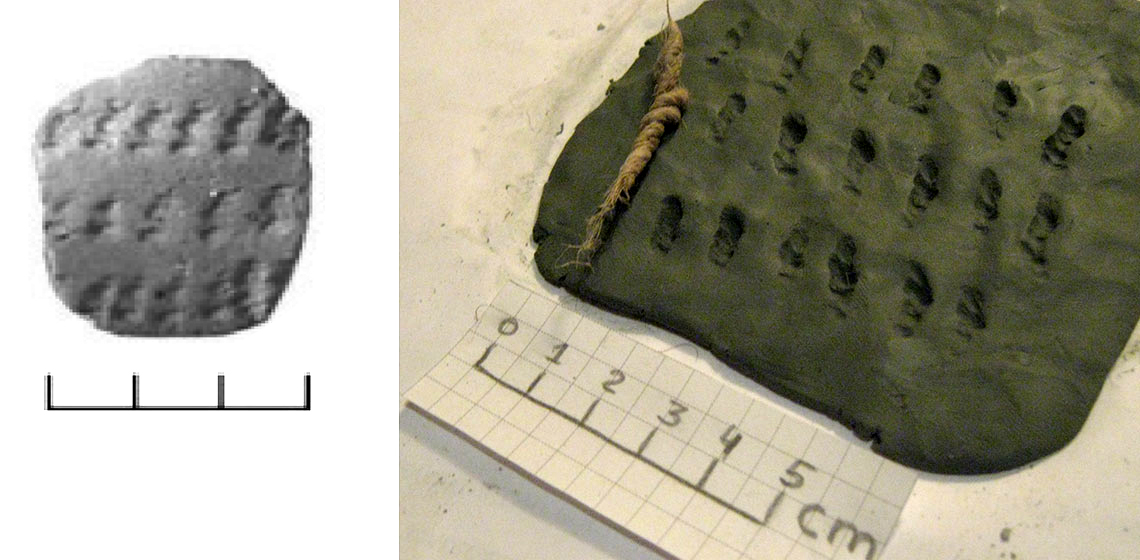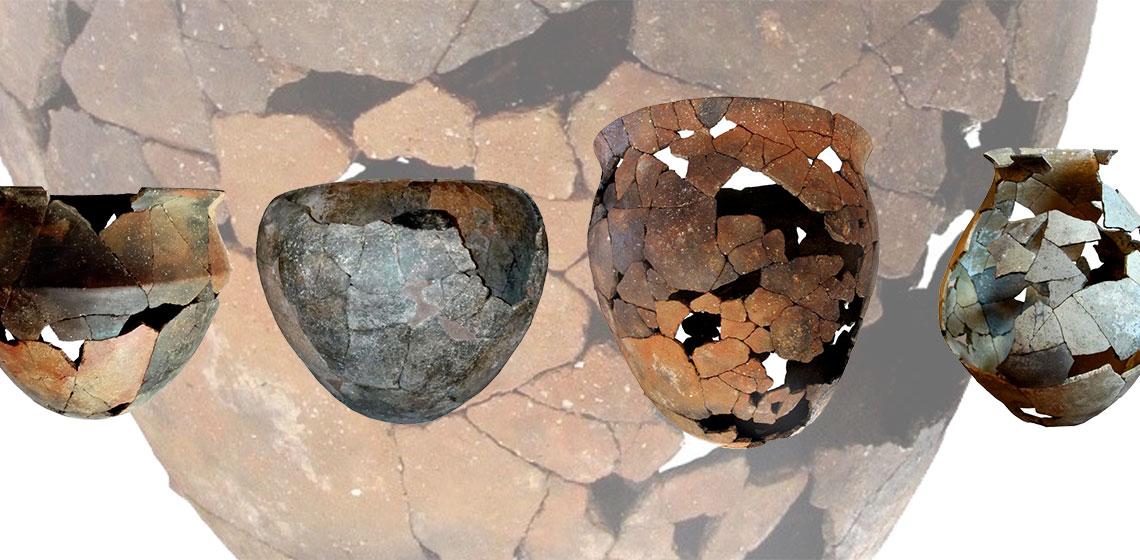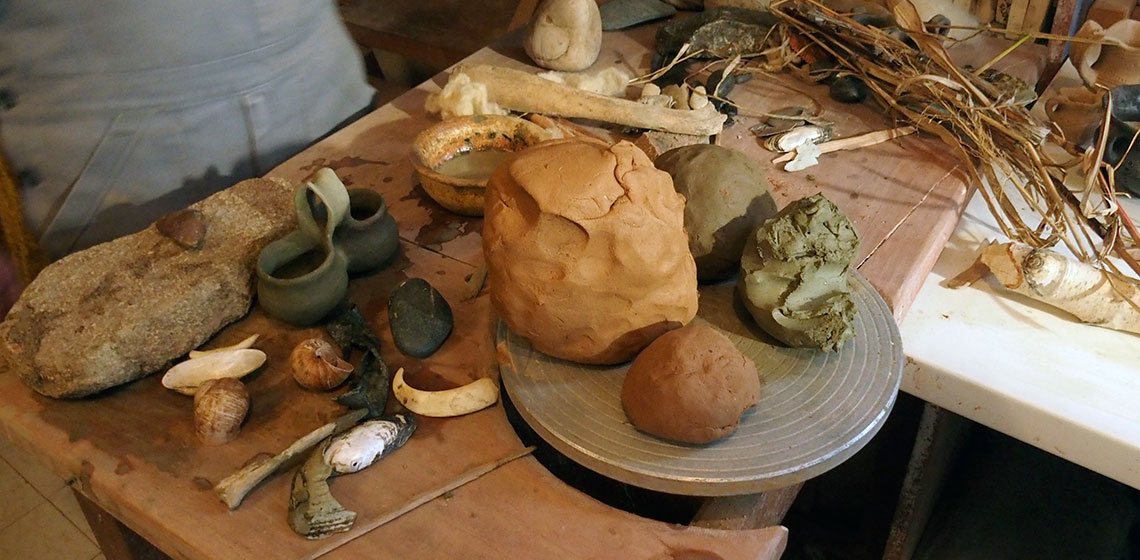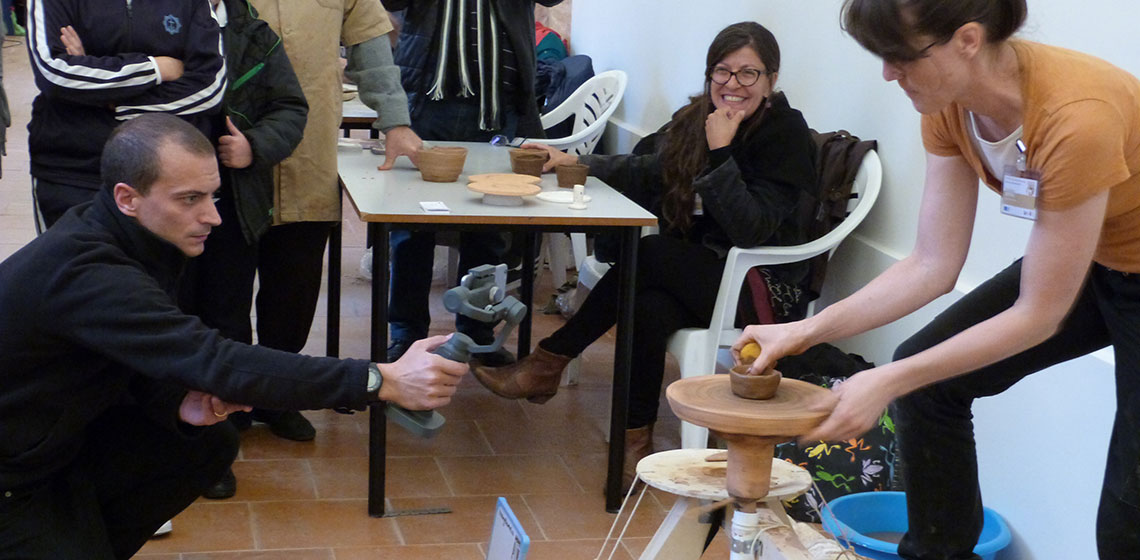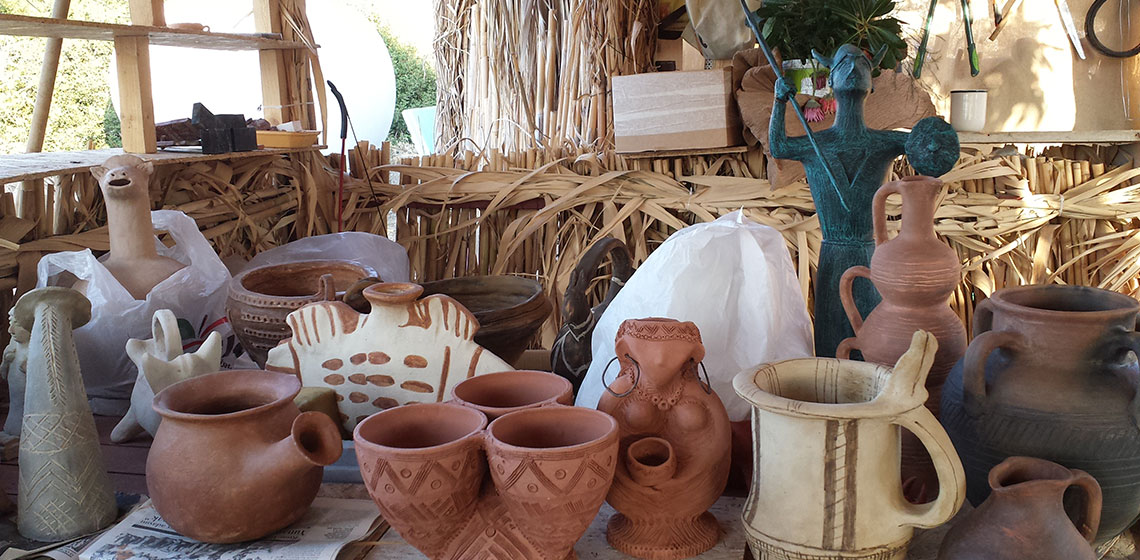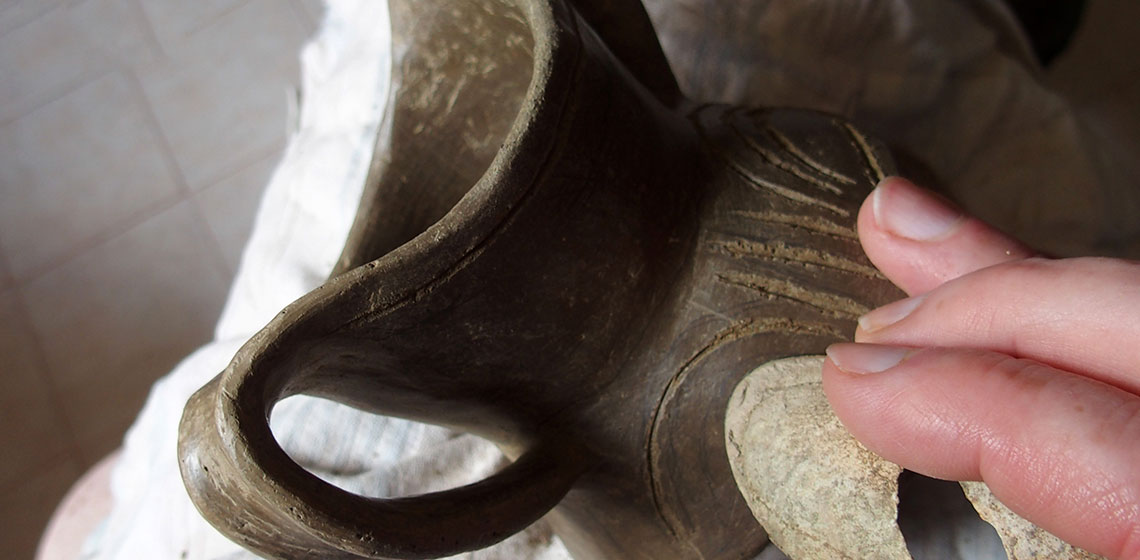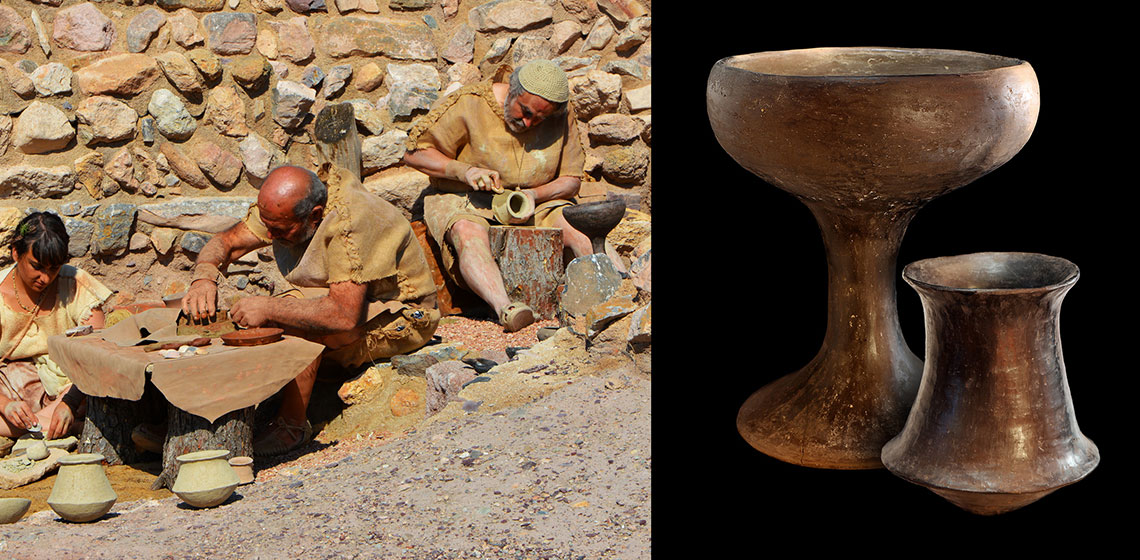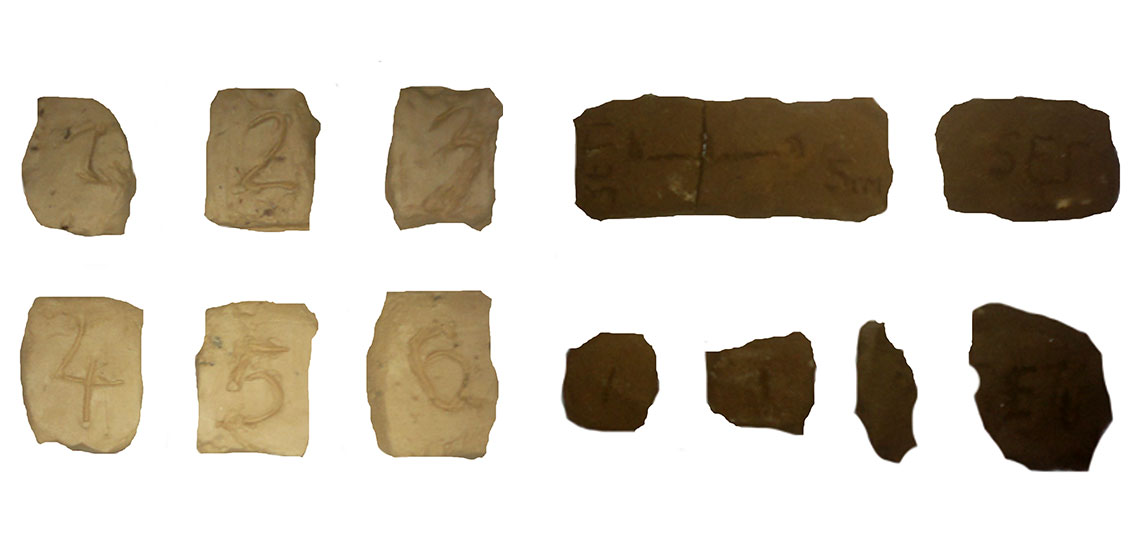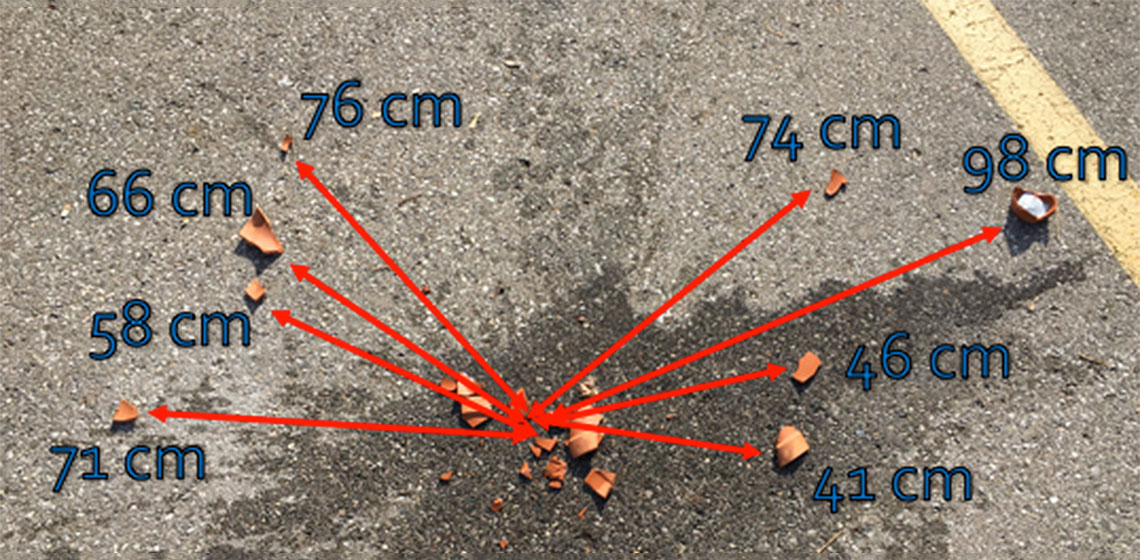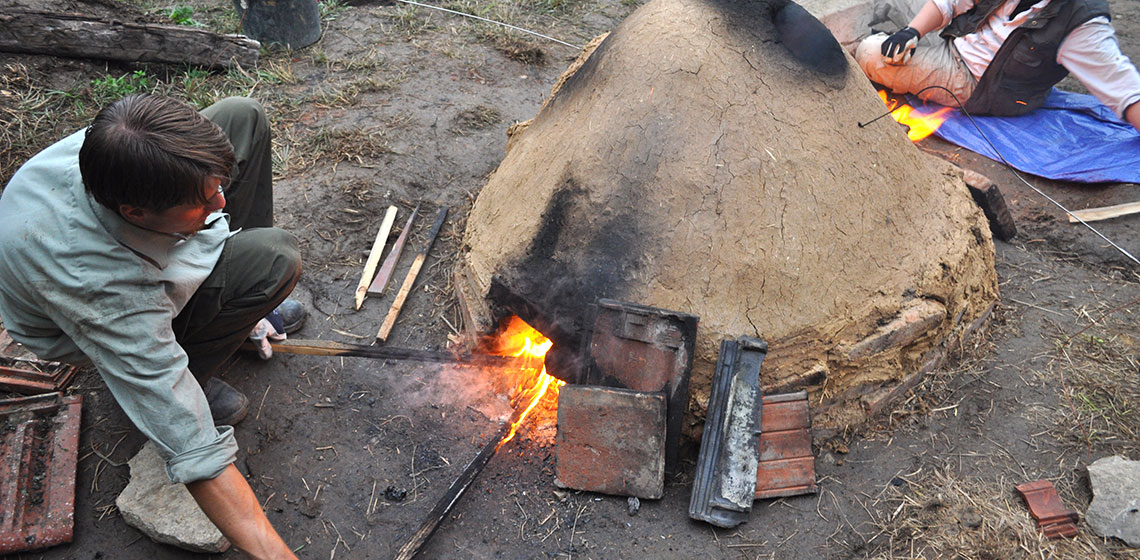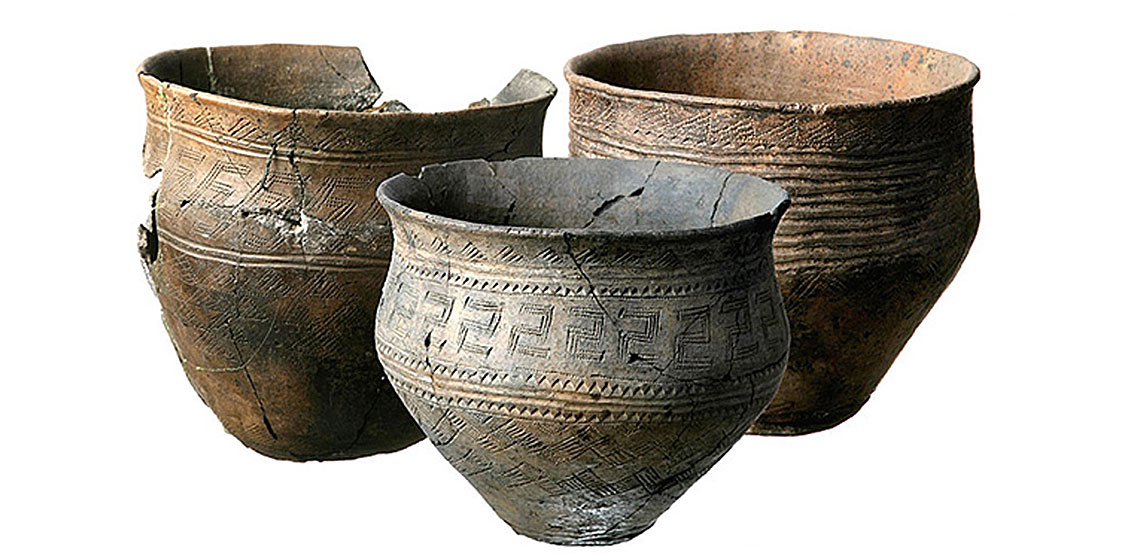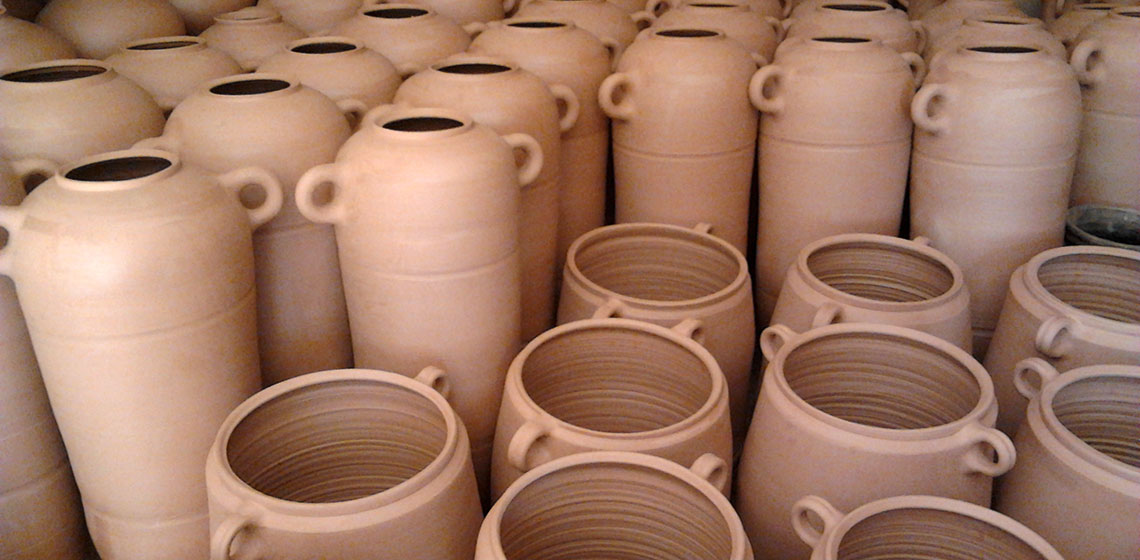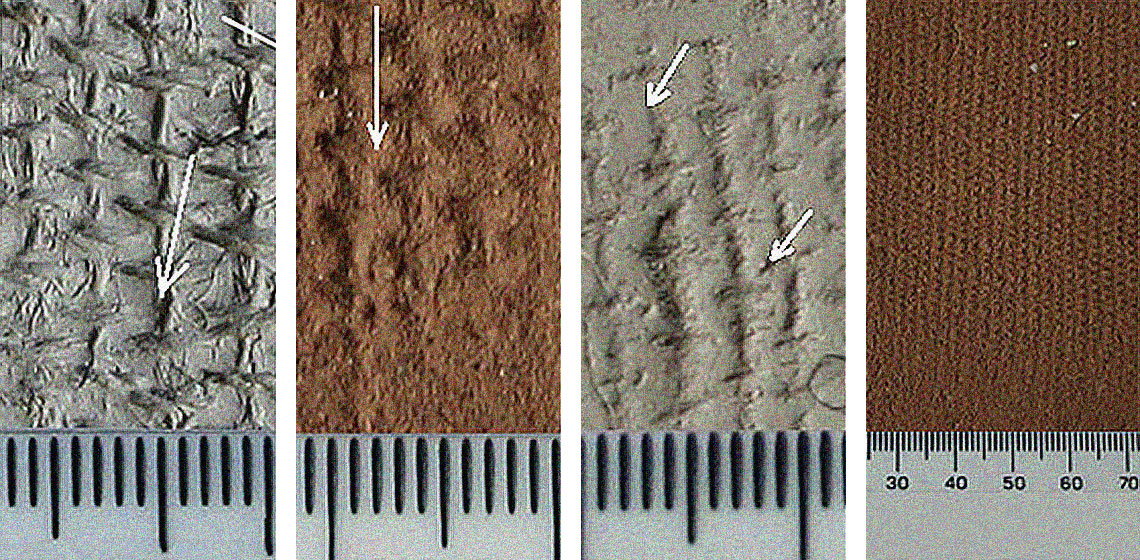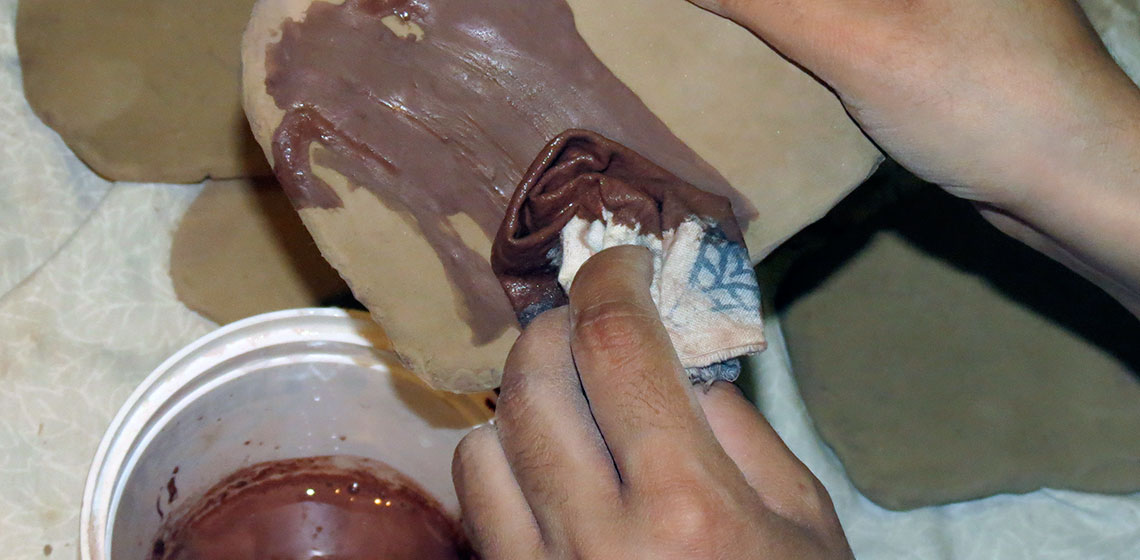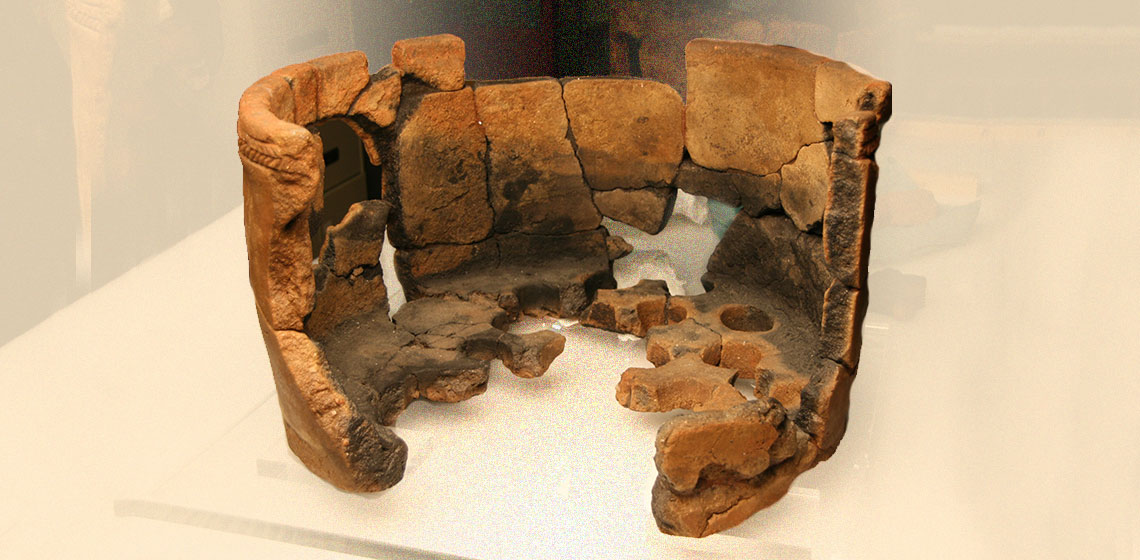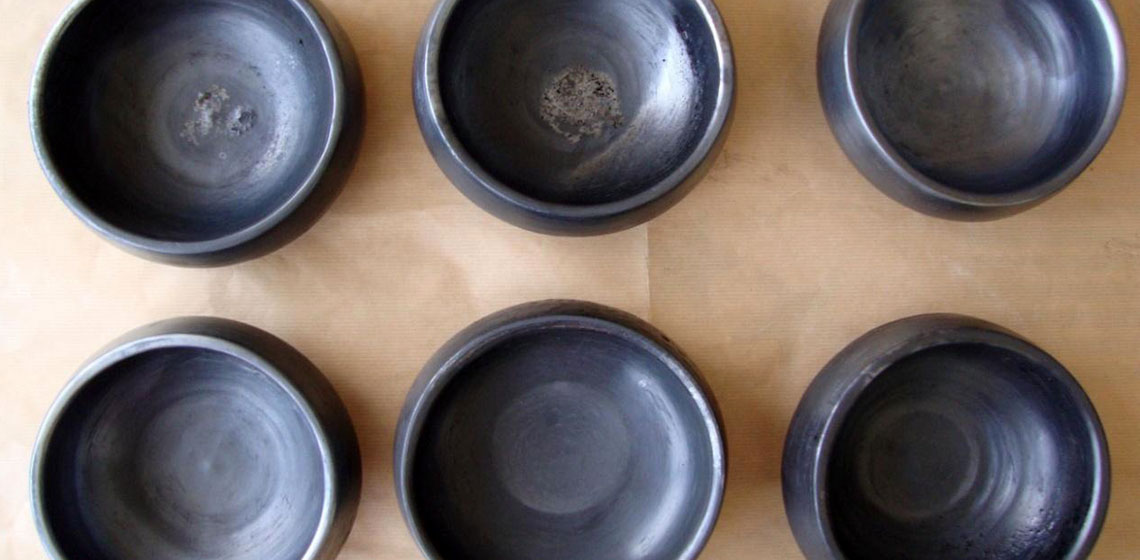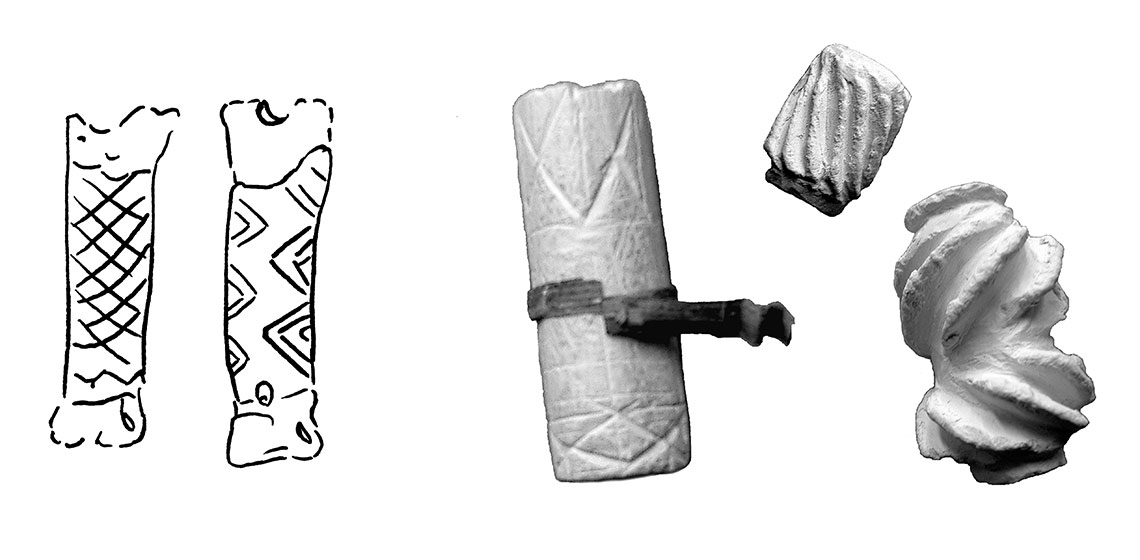The content is published under a Creative Commons Attribution Non-Commercial 4.0 License.
Themed Collections:
Ceramics
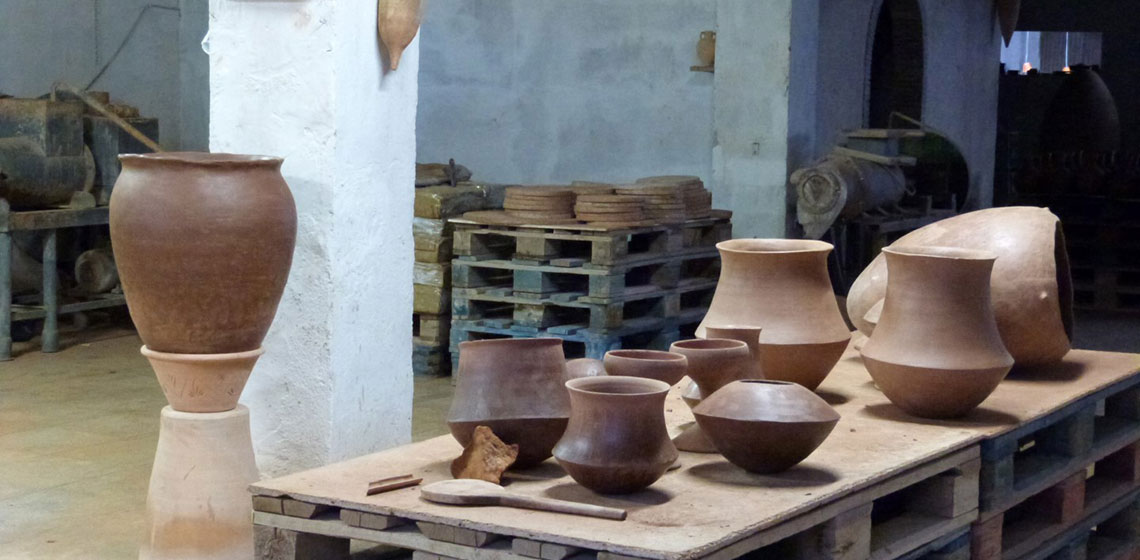
Ceramics are an important archaeological source of information, teaching us indirectly more about the people in the past who made, used and discarded it. Experimentation may include making ceramics with similar clay sources, techniques (heel thrown or not) or testing pottery kilns which can be compared to their archaeological examples. Thin sections of reproduced pottery are compared with original sherds to see if ‘we got it right’. In the years 2018-2019, EXARC was part of CRAFTER, a project about Bronze Age pottery being reproduced by modern potters.
In the EuroREA (fully available on this website) we published several articles on Ceramics. Here as PDFs:
EuroREA 1/2004
Experimental Pottery Firing in Closed Firing Devices from the Neolithic – Hallstatt Period in Central Europe (PDF)
STUDIES - Richard Thér, Society for Experimental Archaeology (CZ)
EuroREA 1/2004
Experiments on pottery manufacture (PDF)
ITEMS - Felix Adrian, Tencariu (RO)
EuroREA 3/2006
Implications of crushed pottery in prehistoric pottery (PDF)
ITEMS - Martin Hložek, Radomír Tichý, Hana Dohnálková, Iva Dohnálková (CZ)
EuroREA 3/2006
Pots and drums: an acoustic study of Neolithic pottery drums (PDF)
STUDIES - Lynda Aiano (UK)
Featured
Documenting Traces Left on Ceramic Surfaces by Tools Used for Treatment and/or Decoration: an Experimental Approach
Shaping Minoan Clay Tablets and Hanging Nodules: Contributions from Experimental Research and X-radiography
Approaching Pottery Burnishing through Experimental Firings
Experimenting with the Ancient Greek Pottery Production Process from Clay Selection to Firing in a (Re)constructed Updraft Kiln
Pottery at the Scottish Crannog Centre
Different Vessel Surface Polishing Methods and Mutual Effects of their Applications
Scored Basins from Late Minoan Crete: an Experimental Interpretation from Construction to Functionality
An Experimental Approach to Assessing the Tempering and Firing of Local Pottery Production in Nubia during the New Kingdom Period
Assessing Forming Techniques of Athenian Ceramic Alabastra
Some Reflections on the Origin and Use of the Potter's Wheel during the Iron Age in the Iberian Peninsula. Interpretive Possibilities and Limitations
Identifying Ceramic Shaping Techniques: Experimental Results Using the Inclusion and Void Orientation Method
Throwing Punic Amphorae: An Archaeological and Experimental Approach to the use of the Potter's Wheel in southern Iberia during the Iron Age
Crafting Beyond Habitual Practices: Assessing the Production of a House Urn from Iron Age Central Italy
The Development of the 1st Cultural Exchange of Traditional Knowledge and Experimental Practices of the Peruaçu River Basin
Ceramicists, Apprentices or Part-Timers? On the Modelling and Assembling of Peak Sanctuary Figurines
Fine Pottery Chaîne Opératoire from the Bronze Age site of Via Ordiere, Solarolo (RA, IT): Experiments on the Relationship between Surface Treatments and Function
***The aim of this experimental work was to catch a glimpse of the pottery chaîne opératoire, particularly linked to the surfaces treatments applied, in order to better understand what type of traces they could leave on pots and how they could differently affect the use of final products...
Experimental Study of Byzantine Chafing Dishes
Experimental Bonfirings of Pottery with Camel Dung Fuel, Jordan, July 2018
A Preliminary Attempt to Reconstruct some Tools and Techniques of Ornamentation of the Comb-Pit Ware from the Site of Hepojarvi (Karelian Isthmus, Leningrad Oblast, Russia)
CRAFTER: An Experimental Approach to Fire-Induced Alteration of Pottery Fabrics
CRAFTER: Re-creating Vatin Pottery 2: an Examination of Clay Quality and its Behaviour
The Bronze Age Vatin culture has been known in archaeology as a cultural phenomenon distinguished by a specific material culture which existed between c. 2200 to 1600 B.C. in the region of the southern part of the Pannonian Plain, and the area along the lower Sava river and south of the Danube river. The Vatin culture followed on from the Early Bronze Age cultures in the region, indicating stabilization in this area after the disintegration of the Aeneolithic Vučedol culture by tribes from the Russian steppe (Garašanin 1979, p. 504; cf.
CRAFTER: Potting Techniques of the Bronze Age
Event Review: The Second Annual Vounous Terracotta Symposium
CRAFTER: Re-creating Vatin Pottery
CRAFTER: Reviving Bronze Age Pottery in EU-funded Project
Some Remarks on Technological Process of Tartessian Pottery
Sherd Shatter Patterns Experiment
Experimental Production of High and Late Medieval Pottery at the Scientific Research Centre in Panská Lhota
Reconstruction of the Geometric Décor Technology of the Bronze Age Ceramics in Siberia
The Iron Age Iberian Experimental Pottery Kiln of Verdú, Catalonia, Spain
An Experimental Comparison of Impressions Made from Replicated Neolithic Linen and Bronze Age Woolen Textiles on Pottery
An Experimental Approach to Studying the Technology of Pottery Decoration
***The early Middle Chalcolithic pottery tradition of Seh Gabi Tepe in Iran is called Dalma tradition. Among the different types of Dalma pottery, I have focused on monochrome painted ceramics, to investigate, by means of experimental analysis, how their decoration technology was undertaken...
The Registry of Memory Process Applied to Experimental Archaeology in a Castromao “Oven”
***Memory is the cognitive process that codifies, stores and retrieves past actions that are perceived in the present, generating our remembrances and perceptions of the past and informing our knowledge of the world around us (...) Applied to archaeology, memory can be understood as the marks or...


